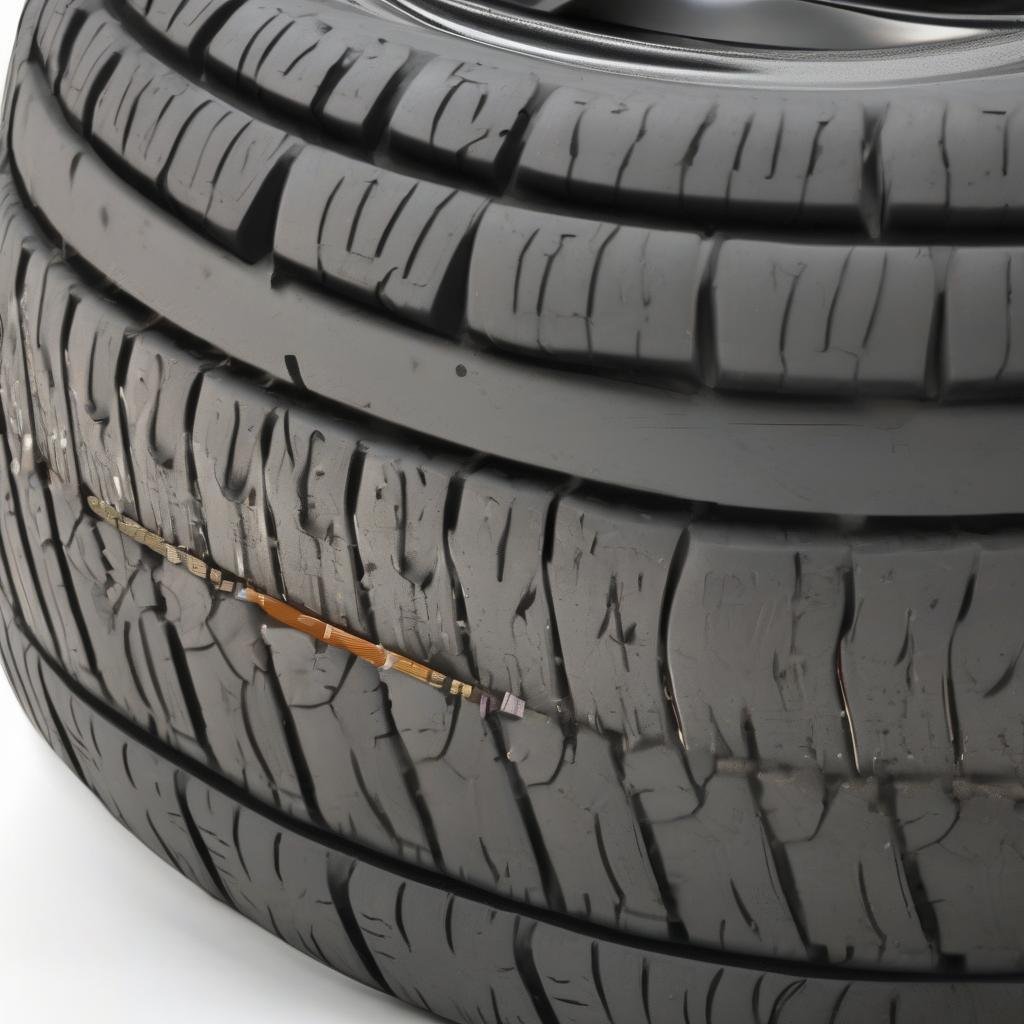
When to Replace Tires
“`html
When to Replace Tires: A Complete Guide
Introduction
Your vehicle’s tires are its only point of contact with the road, making them one of the most critical safety components. Knowing when to replace tires can prevent accidents, improve fuel efficiency, and ensure optimal performance. This guide covers the key indicators for tire replacement, including tread depth, age, and visible damage. By understanding these factors, you’ll be able to make informed decisions about your vehicle’s maintenance and safety.
Main Content: Signs It’s Time to Replace Your Tires
1. Tread Depth Below Safe Levels
Tread depth is the most common indicator for tire replacement. As tires wear down, their ability to grip the road—especially in wet conditions—diminishes. Here’s how to check:
- The Penny Test: Insert a penny into the tread groove with Lincoln’s head upside down. If you can see the top of Lincoln’s head, your tread is too shallow (less than 2/32 inch).
- Tread Wear Indicators: Modern tires have built-in wear bars that become flush with the tread when it’s time for replacement.
- Professional Measurement: For precise readings, use a tread depth gauge or visit a tire shop.
For optimal safety, consider replacing tires before they reach the minimum legal tread depth (1.6mm or 2/32 inch in most regions).
2. Tire Age and Deterioration
Even with sufficient tread, tires degrade over time due to environmental factors. The rubber compounds break down, leading to:
- Cracks in the sidewall (weather checking)
- Dry rot (visible as fine lines on the rubber surface)
- Bulges or blisters indicating internal damage
Most manufacturers recommend replacing tires every 6-10 years, regardless of tread depth. Check the DOT code on the sidewall—the last four digits indicate the week and year of manufacture (e.g., “2319” means the 23rd week of 2019).
3. Visible Damage and Irregular Wear
Some tire damage requires immediate replacement:
- Punctures: Large holes (over 1/4 inch) or sidewall punctures can’t be safely repaired.
- Sidewall damage: Cuts, bubbles, or bulges compromise structural integrity.
- Uneven wear: If one side of the tire wears faster than the other, it may indicate alignment issues. While proper tire rotation can help extend tire life, severe uneven wear often means replacement is needed.
Regular inspections (at least monthly) can help identify these issues early.
Additional Factors to Consider
Beyond the primary indicators, these factors may influence your replacement decision:
- Vehicle type: High-performance vehicles often require more frequent tire changes.
- Driving conditions: Frequent off-road or extreme weather driving accelerates wear.
- Tire type: Summer tires wear differently than all-season or winter tires.
- Pressure maintenance: Consistently underinflated tires wear unevenly. Learn how to check tire pressure properly.
Conclusion
Regular tire maintenance and timely replacement are essential for safe driving. Remember these key points:
- Check tread depth monthly using the penny test or wear indicators
- Inspect tires for age-related deterioration and visible damage
- Replace tires immediately if you notice bulges, deep cracks, or punctures in critical areas
- Consider replacing tires every 6 years, even if they appear fine
When in doubt, consult a professional tire technician. Investing in new tires when needed is an investment in your safety and your vehicle’s performance.
FAQ
How often should I check my tires?
Perform a visual inspection at least once a month and before long trips. Check pressure monthly as well.
Can I replace just one tire?
It’s generally recommended to replace tires in pairs (both front or both rear) to maintain even handling. For all-wheel drive vehicles, some manufacturers recommend replacing all four tires simultaneously.
What’s the difference between tire repair and replacement?
Small punctures in the tread area can often be repaired, but sidewall damage or large punctures require replacement. When in doubt, err on the side of caution.
“`
